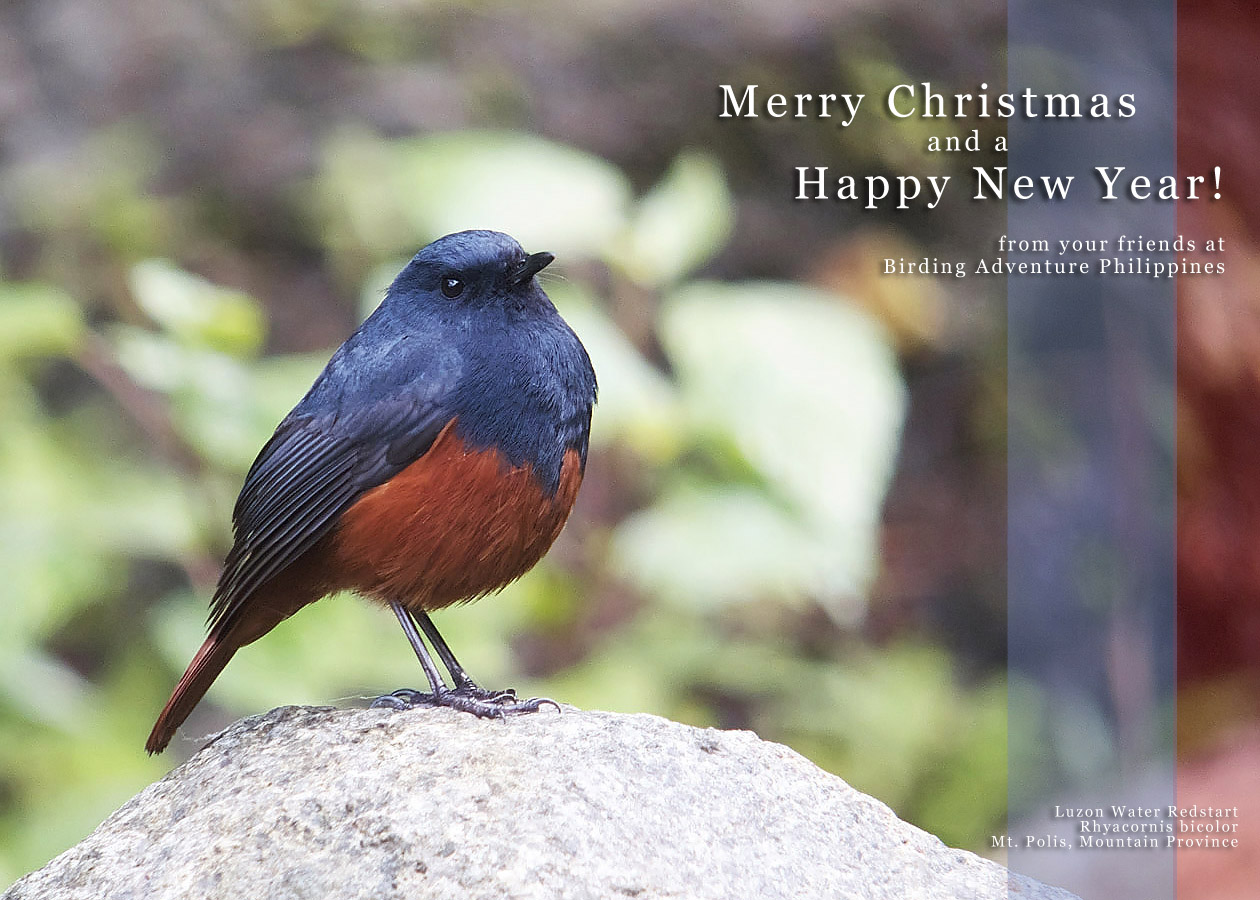Luzon Scops Owl [HD]
Measuring only 7 inches, the Luzon Scops Owl is one of the smallest scops owls in the Philippines. It is found only in the high elevation montane forests of Luzon, above 1000 meters and overlaps with its bigger and more common cousin Philippine Scops Owl.
They have been observed to nest on tree cavities made by woodpeckers. You can hear it giving its characteristic two-syllable whistle in this video.
This is a digiscoped video using a Swarovski 80 ATM HD spotting scope. Imagine what you can do with your DSLR and your 600 or 800 mm lens!
Luzon Scops Owl, Otus longicornis
January 2014, Mt. Polis, Ifugao, Luzon, Philippines
Video by Nicky Icarangal, JR.










